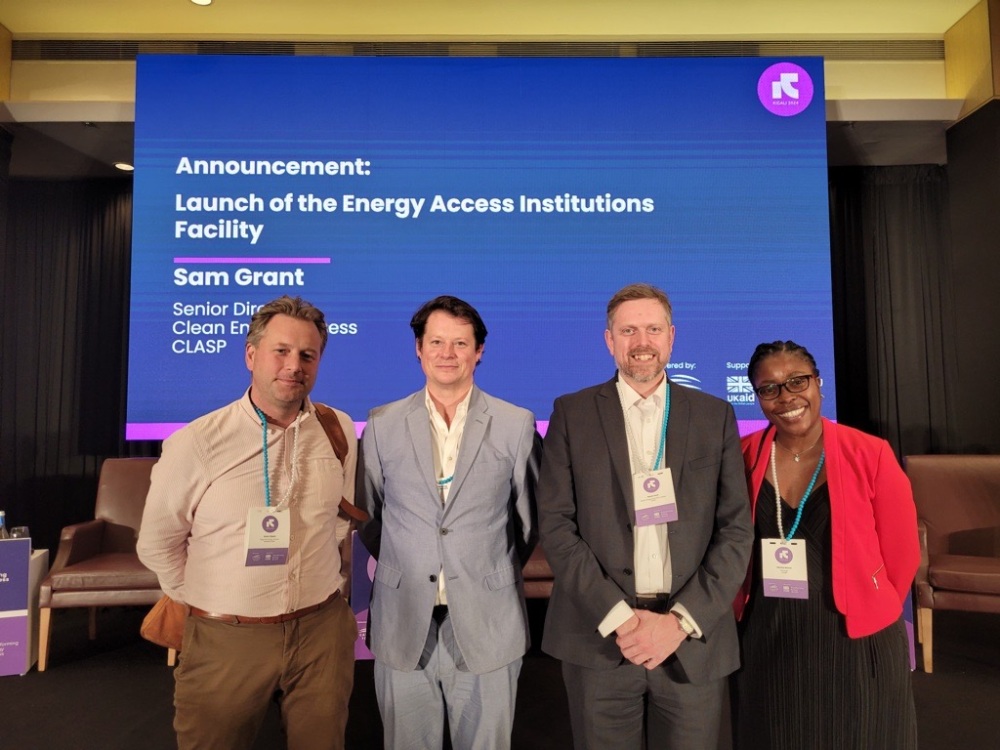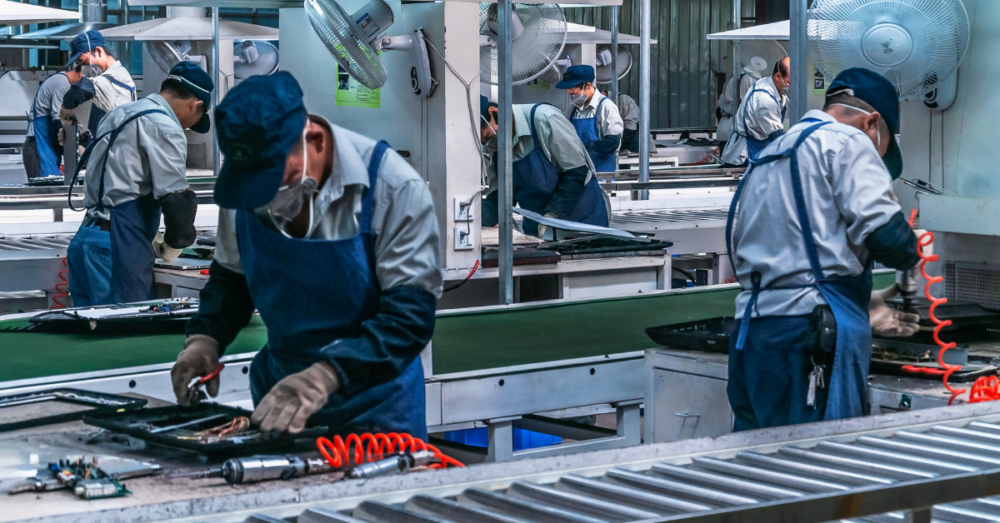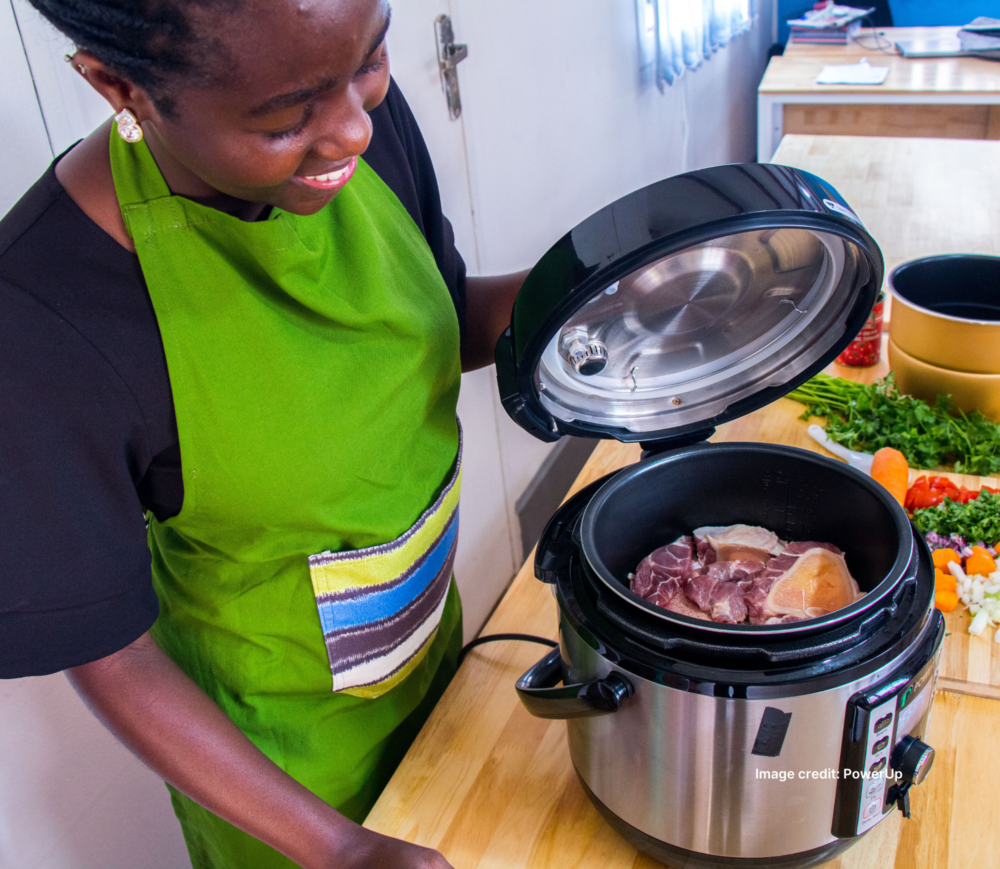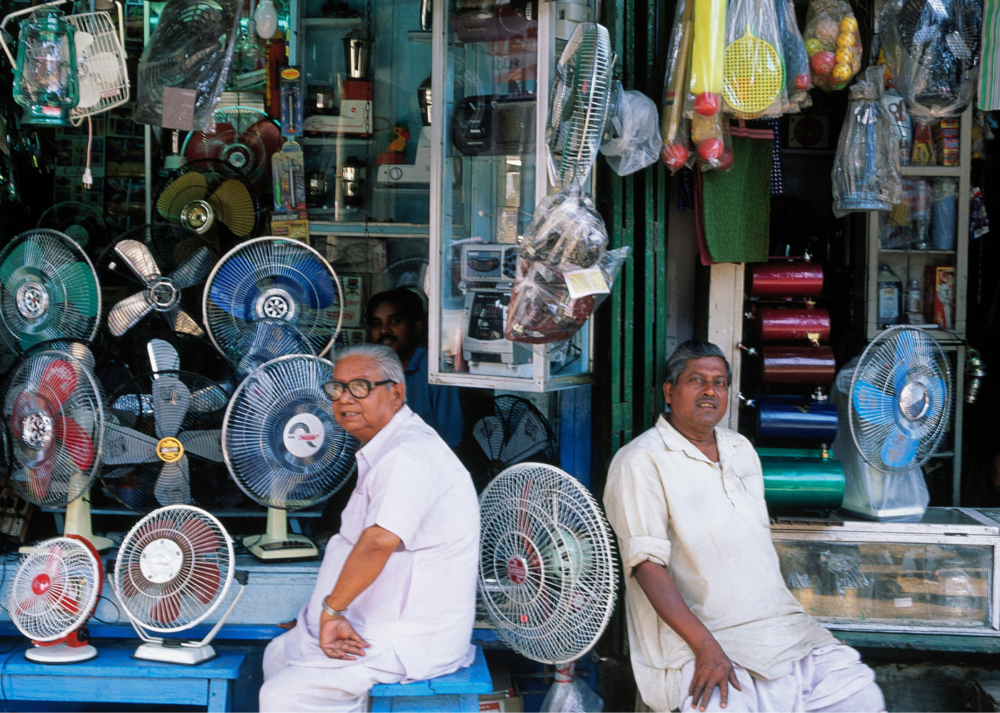Report Shows Market Readiness to Eliminate Mercury-Based Lighting
A new report by CLASP and the Swedish Energy Agency (SEA) on the availability of LED lighting in Europe shows that as the European Commission considers an update to rules governing the sale of products containing hazardous chemicals, there is no technical or economic justification for mercury-based fluorescent lamps to remain on the market.
A new report by CLASP and the Swedish Energy Agency (SEA) on the availability of LED lighting in Europe shows that as the European Commission considers an update to rules governing the sale of products containing hazardous chemicals, there is no technical or economic justification for mercury-based fluorescent lamps to remain on the market.
The new report is the latest in a series of exchanges between environmental and public health advocates calling for a phase-out of fluorescent lighting in the EU, and Lighting Europe, a lighting industry lobbying group, which seeks to maintain a regulatory exemption that allows certain types of fluorescent bulbs to be sold despite their mercury content.
The European Commission is considering whether to extend exemptions granted to some electrical and electronic products under the EU’s Restriction of Hazardous Substances (RoHS) Directive. Certain types of fluorescent replacement bulbs are currently exempt from RoHS even though mercury-free LED lighting alternatives are widely available in the lighting market. Mercury is a neuro-toxin that causes nervous, digestive, immune system and other damage.
The new 120-page report responds to two sets of comments submitted to the EC’s RoHS Committee by the industry lobbyists. The Swedish Energy Agency and CLASP reviewed the comments submitted by Lighting Europe and identified some that could be misleading or that reflect partial information. The new report provides market data about LED bulb availability and fixture compatibility collected from manufacturers’ own product literature to rebut industry arguments about market maturity.
In addition to not containing mercury, LED bulbs use approximately 50% less energy than their fluorescent equivalents, resulting in lower climate emissions and lower operating costs and saving consumers money over the life of the product. The CLASP and SEA report shows that eliminating exemptions for fluorescent bulbs in 2021 would, by 2030:
• Eliminate a cumulative 2.9 metric tonnes of mercury from the fluorescent bulbs and avoid a further 2.5 metric tonnes of mercury emissions from coal-fired power plants as a result of the greater energy-efficiency of LED bulbs
• Cut a cumulative 92.1 million metric tonnes of CO₂ emissions through energy savings by 2035, which is equivalent to the total annual CO₂ emissions of Denmark and Slovakia in 2018
• Expand access to products with superior lighting output and color performance
• Save European consumers a net €29.9 billion through 2035 accounting for bulb costs and energy savings
“Far from being disruptive, the installation of LED retrofit tubes into existing fluorescent lamps is common sense – it removes mercury, reduces energy consumption and provides better, longer lasting service life from the lamps,” the report says.
Michael Scholand, CLASP Senior Advisor and a report co-author, said that while the lighting industry group has reported to the RoHS Committee that LED replacements don’t exist for most fluorescent bulbs, company advertising tells a different story. The latest report provides a strong evidence base to support ending the exemptions for fluorescent lighting, he said, with direct LED retrofits widely available today for over 91% of fixtures in Europe, and the remainder easily manufactured in response to demand.
“Given the consumer savings that stem from replacing old fluorescent bulbs with LEDs, ending this exemption in the next year could make this part of EU plans for a ‘green recovery’ from the current economic downturn,” Scholand said.
Elena Lymberidi-Settimo, Project Manager for the European Environmental Bureau’s Zero Mercury Campaign, said Europe has an opportunity to be a global leader on phasing out mercury from lighting. “It’s past time for the EU to do the right thing for public health by eliminating fluorescent lighting that leads to mercury pollution,” she said. “Over the next year, an ad hoc Expert Group established by the Conference of the Parties of the Minamata Convention will review, among other things, the case for a potential global phase-out of fluorescent lighting. We urge the Commission to show that the EU takes its climate and chemical safety commitments seriously, and lead the way on lighting.”
Given the many benefits of LED lighting and the lack of a legal basis under RoHS to maintain exemptions for fluorescent lamps, CLASP recommends that the RoHS Committee eliminate the exemptions allowing sales of fluorescent lighting with a 12-month phase-out period to conclude by the end of 2021.
Download the new report, and read more recent analysis of the European lighting market in our January, 2020 study. CLASP also works on efficient lighting in 21 countries in Southern and East Africa through the Energy Efficient Lighting and Appliances project.









